In This Article

Only 18% of small business owners are focused on customer retention marketing. (SEMRush)
This is a shockingly low number to me. But, I’m not surprised.
I think there’s this assumption that once we convert the prospect to a customer, the rest will take care of itself.
But it doesn’t.
We marketers are always talking about optimizing your marketing and lead generation. But we don’t spend nearly enough time talking about optimizing your existing customers.
That’s crazy!
Let’s talk about customer retention marketing — and create a customer retention marketing plan.
What is customer retention marketing
Customer retention marketing is a marketing plan that outlines strategies and tactics focused on your existing customers and increasing their purchasing frequency, unit and dollar amounts purchased, upselling, and cross-selling to additional products.
Customer loyalty, customer engagement, customer experience, customer service, and support are all elements that belong in your customer retention marketing plan.
Why is customer retention marketing important
There are three big reasons that customer retention marketing is important:
1. Saves you on sales and marketing:
Customer Retention Marketing can save you time and money compared to constantly acquiring new customers.
2. Builds customer engagement and relationships
It strengthens your relationship with existing customers, allowing them to become more loyal to your business and even promote it further.
3. Beat the competition
Customer Retention helps you keep up with the competition by ensuring that existing customers continue to choose your business over others.
What are the different types of customer retention marketing
There are a number of different types of customer retention marketing, in fact, most of them are just plain common sense; communication, service, engagement, and loyalty programs are just the tip of the iceberg.
Communication. Keep in touch with your customers through regular email newsletters, social media posts, or even personal calls or visits. Let them know you care about them and want to keep them as customers.
Loyalty programs.These programs offer customers rewards for continued loyalty, such as free products, discounts, or bonus points.
Customer service. Good customer service is key to retaining customers. Make sure you have a team of dedicated employees who are willing and able to help customers with their needs.
Engagement. Keep your customers engaged with your product or service by releasing new updates, features, or products. If you can keep them interested, they’re less likely to leave.
How can you keep your customers engaged
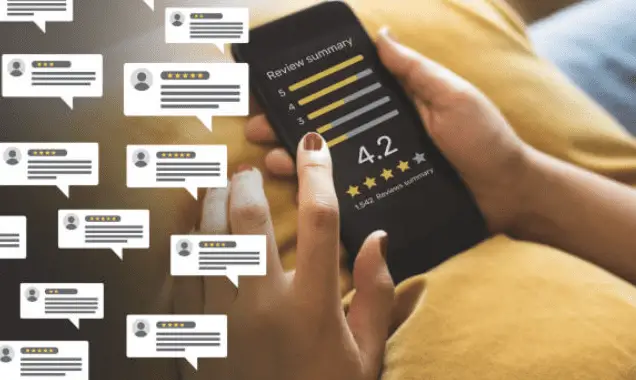
There are a number of different ways you can keep your customers engaged. Here are a few of the most effective methods:
Acknowledge them when they interact with you in any way.
Here’s what that might look like
You notice that someone looked at your LinkedIn profile — send them a message that says something like “Hi! I noticed you stopped by my profile. If you have questions or if there’s anything I can help with, let me know!”
People engaged with a social media post — respond back to them and ask them a question; “What did you like about this?”
Ask a question in your emails and ask that they reply back – then start the conversation.
You get the idea — you engage first and keep engaging.
What are some common challenges with customer retention marketing
The biggest challenge with customer retention marketing is that it takes time and energy away from generating new business.
I get it. If you don’t have new customers, your business might not grow, but if you keep the customers you have and sell them more stuff, you’ll actually be working less and earning more.
Here are the basic steps involved in that.
Make customer retention a priority
You have to make retention a priority. Here’s a great example.
During the COVID shutdown, Vivek Bhaskaran, CEO of QuestionPro told his sales team to shift their efforts from getting new business to expanding the business they already had with existing customers. The results? 120% increase in sales! He says that COVID was their best sales year ever.
Create a natural path for customers to buy more stuff from you
Your customers aren’t aware of all the things you have to offer.
Whenever I do voice of the customer research I ask my client’s customers about the different products and services they purchase. But then I also read them a list of products and services and every single one of them asks to get more information about these additional products.
Make sure that you reach out to your customers and open up the conversation about all the different things you offer.
How do you measure the success of your customer retention marketing campaigns
To measure success, you’d have to have a list of customers and what they are purchasing from you. Then review this list and make a note of what they COULD be buying but aren’t.
In your CRM, add those recommended products to their profile.
In your next conversation with that customer, make sure you find a way to ask them about other needs so that you can recommend these other products or services.
If they are using an alternative or competitor, ask them what they like about their current solution and what needs improvement. Use this information to keep them updated and always stay top of mind.
What are some best practices for customer retention marketing
Aside from making customer retention a priority, here are several other marketing related tactics you can use to retain customers:
- Key account plans: If you’re in a B2B organization, create a key account plan for your largest customers. A key account plan puts you in partnership relationship with your customer where you outline client goals and create projects to help them achieve those goals.
- Subscription or membership options: Create offers that make it possible for customers to receive products and services monthly at a discount.
- Account reviews: Make it part of your process to connect with customers regularly to review what they are purchasing and what other products or services will help meet their goals in the future.
- VIP offers and events. Create special events and offers that are open to your top customers.
Here’s how to put together a customer retention marketing plan for your business so that you can do less marketing and make more money.
Where should you start when creating a customer retention marketing plan
The best place to start is to select those clients and customers who are most critical to your success.
Again, if you set customer retention as a priority, your entire marketing process will reflect that. Let’s look at each step of the marketing planning process.
Step 1: Market Research: Measure Customer Retention
Before you can begin thinking about how to keep customers, you want to get a baseline with some customer data. And that means you want to start collecting the following customer retention metrics:
Repeat customer rate: The percentage of customers who have purchased from you from one period to the next.

Customer retention rate: The percentage of customers who continue to do business with a company over a given period of time. Here is a customer retention formula you can use.
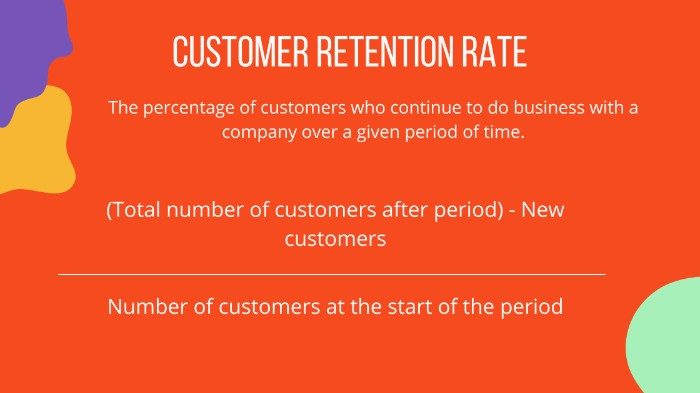
Number of customers with more than one purchase: The total number of customers who have made more than one purchase from you.
Number of customers purchasing more than one product or service: The total number of customers who have purchased more than one product or service from a business.
Number of new customers: The total number of customers who are new to a business, as opposed to returning customers.
Number of returning customers: The total number of customers who have previously made a purchase from you and are returning to make another purchase.
Purchase frequency: How often customers purchase from you over a period of time.
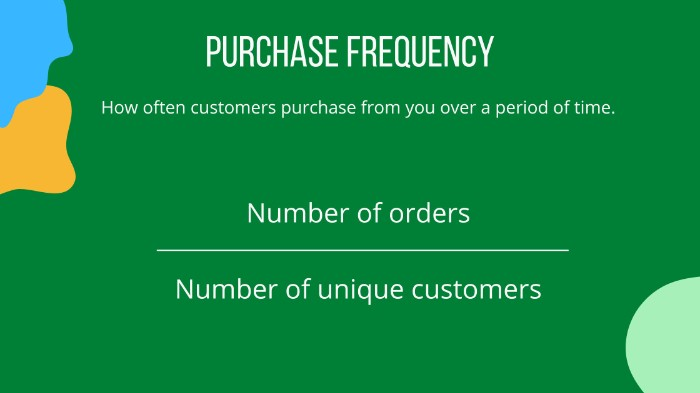
Average order value: The average amount of money spent per purchase by a customer over a period of time.
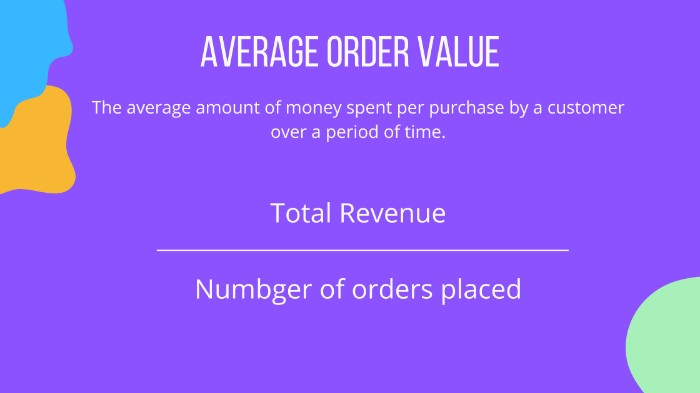
Lifetime value: The total amount of money a customer is expected to spend with you over their lifetime as a customer.
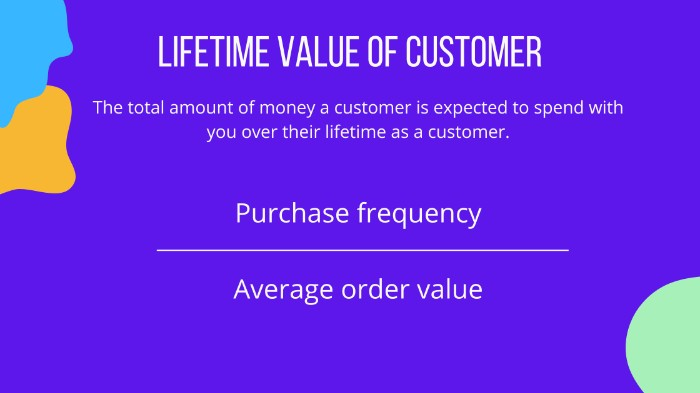
Churn rate: The percentage of customers who stop doing business with you over a given period of time.
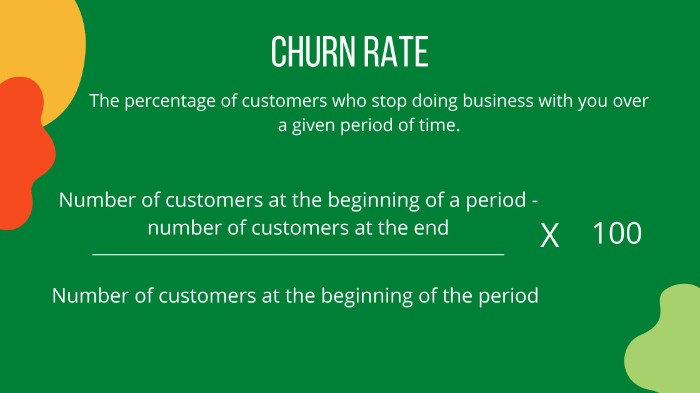
Many of these numbers require you to measure over a period of time. Be sure to use the SAME time period for all your calculations.
This will vary depending on your business. If you do a lot of transactions, your time period will be shorter.
I’d recommend you start with a year, then move to quarterly, then monthly.
Another powerful way to analyze this information is to group it by different customer segments (demographics, industry, etc) and see what you learn.
DO NOT skip this step! You will need this information in the next step.
Step 2: Identify your target audience

The next step in the customer retention marketing plan is to identify and target your ideal customer.
Now, here is where it gets interesting. You might discover that one market segment might be more profitable than another.
Your goal in this step is to identify a specific target customer or customer segment where it would make the most sense to implement your customer retention marketing plan.
Here are a few tips on how to segment or group your cusstomers so that you can identify a target audience:
- Geography
- Industry
- Use case or product application
- Age
- Marital status
- Income
Don’t stop here – be creative and see what other groupings or segments you might create.
Step 3: Develop a customer retention marketing strategy
The next step is to select a customer retention
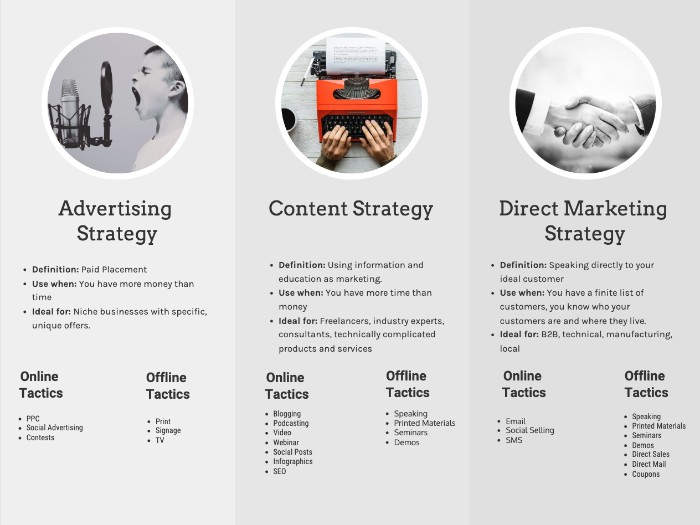
Now let’s take a look at some specific customer retention strategies.
- Focus on customer retention: Make customer retention a top priority for your business by setting goals, tracking metrics, and regularly evaluating your retention strategy.
- Empower customers and give them instant access to their purchase: Provide customers with self-service options, such as online account management and easy returns, to give them more control over their experience.
- Leverage personalizations: Use customer data to create personalized marketing campaigns and product recommendations that are tailored to individual customers’ needs and preferences.
- Online store: Use your online store to its full potential by regularly updating it with new products, offering promotions and discounts, and providing easy navigation and a seamless checkout process.
- First purchases: Offer a special promotion or incentive to first-time customers to encourage them to make a purchase and become a returning customer.
- Loyal customers: Show appreciation for your loyal customers by offering them exclusive discounts, promotions, or early access to new products.
- Customer retention programs: Implement customer retention programs, such as loyalty programs or VIP clubs, to reward customers for their continued business and encourage them to remain loyal.
- Customer feedback: Seek out customer feedback and use it to improve your products, services, and customer experience. Higher customer satisfaction will lead to increased retention.
- Current customers: Keep current customers engaged by regularly communicating with them and offering them personalized recommendations and promotions.
- Customer expectations: Meet or exceed customer expectations by providing high-quality products, excellent customer service, and a positive overall experience.
- Customer support: Offer multiple channels for customer support, including email, phone, and live chat, to ensure that customers can easily get help when they need it.
- Customer success: Help customers achieve their goals by offering resources, such as tutorials and guides, and providing personalized support and assistance. By focusing on customer success, you can increase retention and loyalty.
Step 4: Implement and track your customer retention marketing plan

Testing and measuring the success of your customer retention marketing efforts is important for a few reasons.
First off, it helps you determine what’s working and what’s not. If you’re not tracking your customer retention strategies, you might be wasting time and resources on strategies that aren’t effective. By testing and measuring, you can figure out which tactics are driving results and which ones need to be adjusted or scrapped.
Second, testing and measuring helps you to make informed decisions about your customer retention strategy. If you know which tactics are most successful, you can allocate your resources accordingly and focus on the strategies that are driving the most value for your business.
Finally, testing and measuring helps you stay competitive. By regularly evaluating your retention efforts, you can ensure that you’re meeting the needs and expectations of your customers and staying ahead of the curve.
Here are a few tips to follow:
-
Set clear goals: Before you start tracking and analyzing your results, it’s important to know what you’re trying to achieve. Set specific, measurable, attainable, relevant, and time-bound (SMART) goals for your retention marketing plan so you have a clear benchmark to measure against.
-
Use tracking tools: There are a variety of tools and technologies available to help you track and analyze your retention marketing efforts. Some options include Google Analytics, customer relationship management (CRM) software, and marketing automation platforms. Use these tools to track key metrics, such as customer retention rate, customer lifetime value, and customer churn.
-
Regularly review your results: Make it a habit to regularly review your tracking and analysis data to identify trends and patterns. This will identify areas for improvement and make informed decisions about your retention
marketing strategy . -
Test and experiment: Don’t be afraid to test and experiment with different retention marketing tactics to see what works best for your business.
-
Communicate with your customers: Don’t forget to talk to your customers directly to get their feedback and insights. Customer surveys, focus groups, and one-on-one interviews can all be valuable sources of information for understanding what’s working and what’s not.
Conclusion
Well, there you have it! You’re now armed with all the knowledge you need to start building your own customer retention marketing plan. Don’t wait any longer to start retaining those valuable customers – the time to act is now!
As you begin to implement your retention strategy, don’t be afraid to get creative and think outside the box. Your customers are unique, and your retention marketing plan should be tailored to their needs and preferences.
And remember, building a customer retention marketing plan is an ongoing process. Don’t be afraid to experiment and try new things. The more you learn about your customers and what works for your business, the more successful your retention efforts will be.